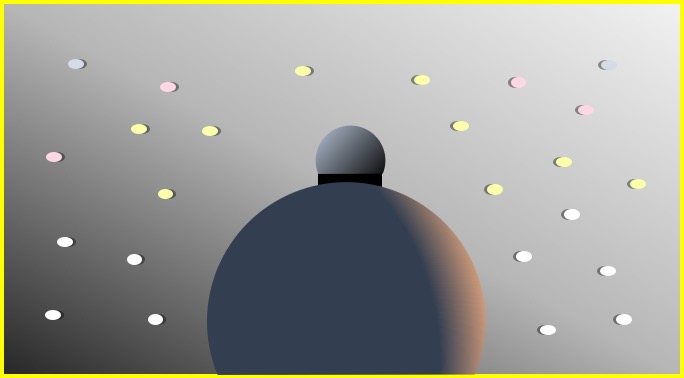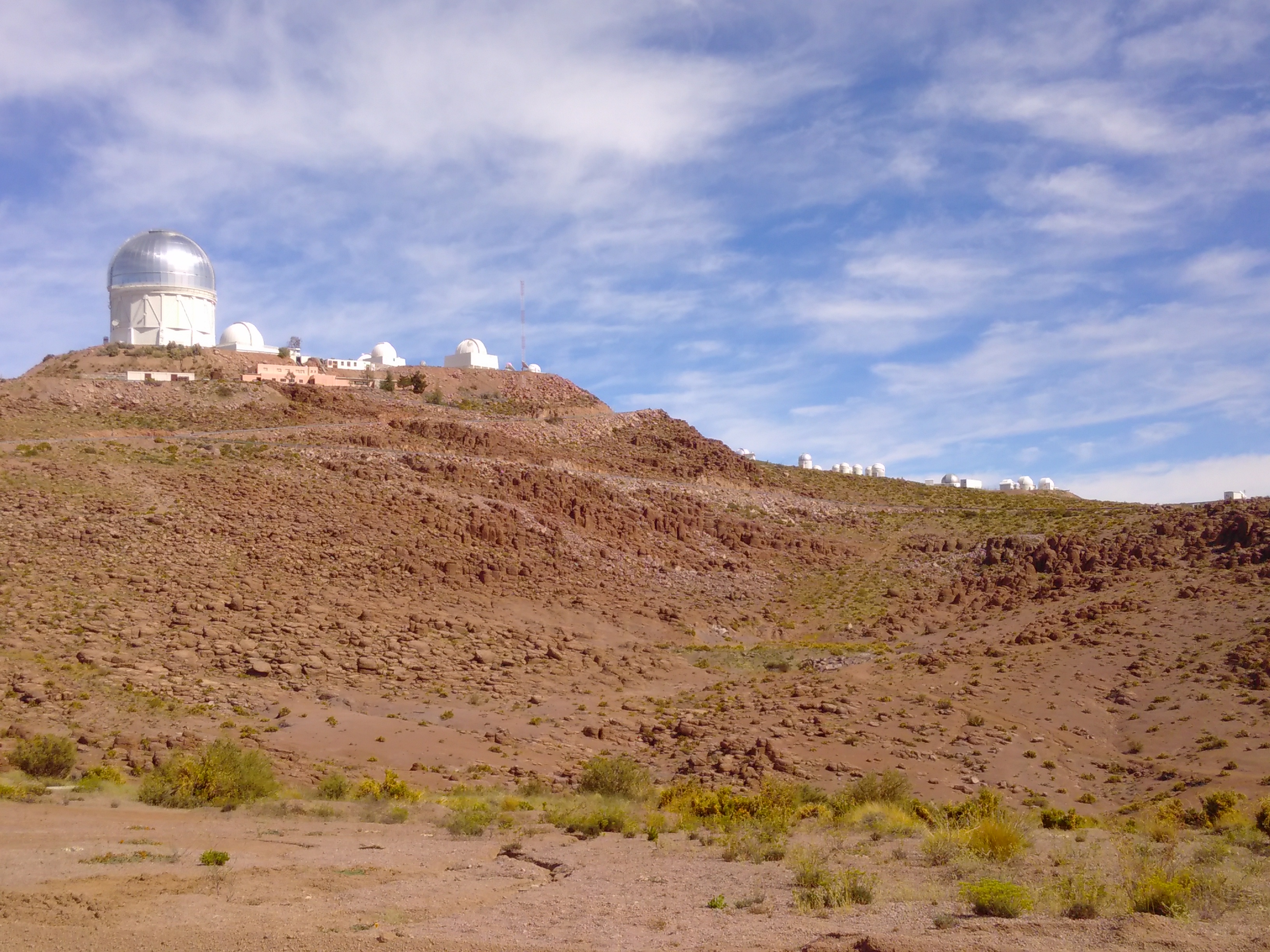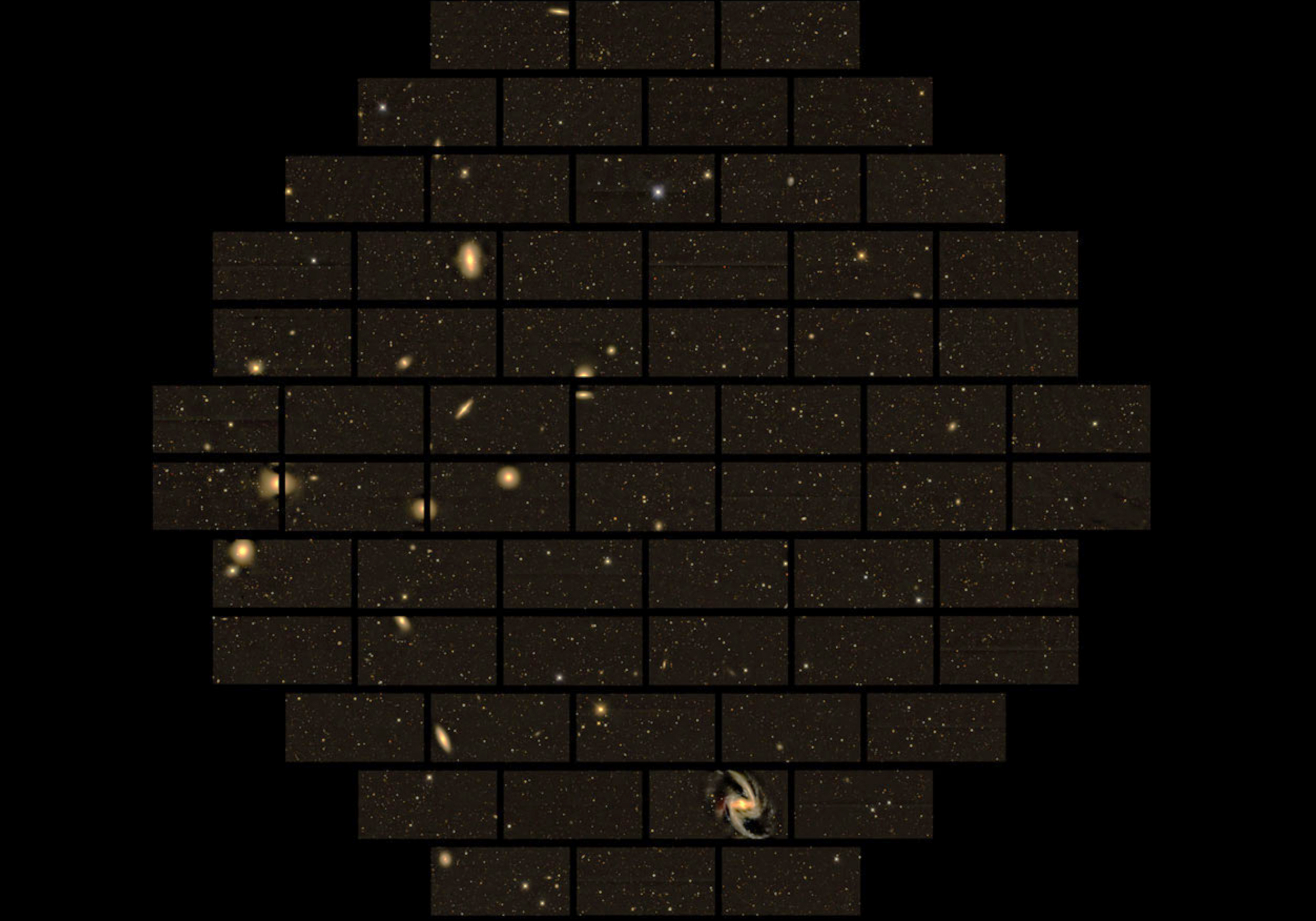DES
Dark Energy Survey
A map of the southern Sky for studying the expansion of the Universe using a special camera on the Blanco Telescope in Chile
ROLE OF THE INSTITUTE FOR DATA SCIENCE
> Data management, software management and infrastructure
> Pipeline framework
Project lead at I4DS: Dr. Martin Melchior
Partners: NCSA, Fermilab, ETHZ, international consortium
Funding: US NSF, formerly ETHZ
Start: 2012
End @I4DS: 2020
Keywords: big data, data management, cosmology, dark energy, dark matter, dark energy survey
SUMMARY
The Dark Energy Survey (DES) is an international, collaborative effort to map hundreds of millions of galaxies, detect thousands of supernovae, and find patterns of cosmic structure to reveal the nature of the mysterious dark energy that is responsible for the accelerating expansion of our Universe. During the first part of the project, an extremely sensitive 570-Megapixel digital camera was built and mounted on the Blanco 4-meter telescope in Chile. 2013-2018, observations were carried out and huge amounts of data collected to create a map of the universe as seen from the southern hemisphere of our planet.
PEOPLE @I4DS WHO WORK ON DES
Dr. Michael Graber
Computer Scientist
until 2017
Stefan Müller
PHD Student
until 2012
Jonas Schwammberger
Master Student
OPEN RESOURCES AND RESULTS
VISUALS AND AUDIO
The Blanco Telescope is located at the Cerro Tololo Inter-American Observatory (CTIO) in the Chilean Andes. The 4-meter telescope was constructed in the 1970’s and upgraded for the installation of DECam, the camera used for the Dark Energy Survey. Image: H. Sathiapal
The Camera mounted on the telescope for the Dark Energy Survey had an imager with 74 CCD components, similar to but much more sensitive than those in ordinary digital cameras. Credit: The Dark Energy Survey
Image mosaic from the 74 CCD devices. Click on the image to open the DECam interactive app for exploring DES observations in detail. Credit: The Dark Energy Survey

NGC-1566, one of the many galaxies taken with the DECam camera mounted on the Blanco Telescope at the Cerro Tololo Observatory in Chile. Credit: DES Collaboration



